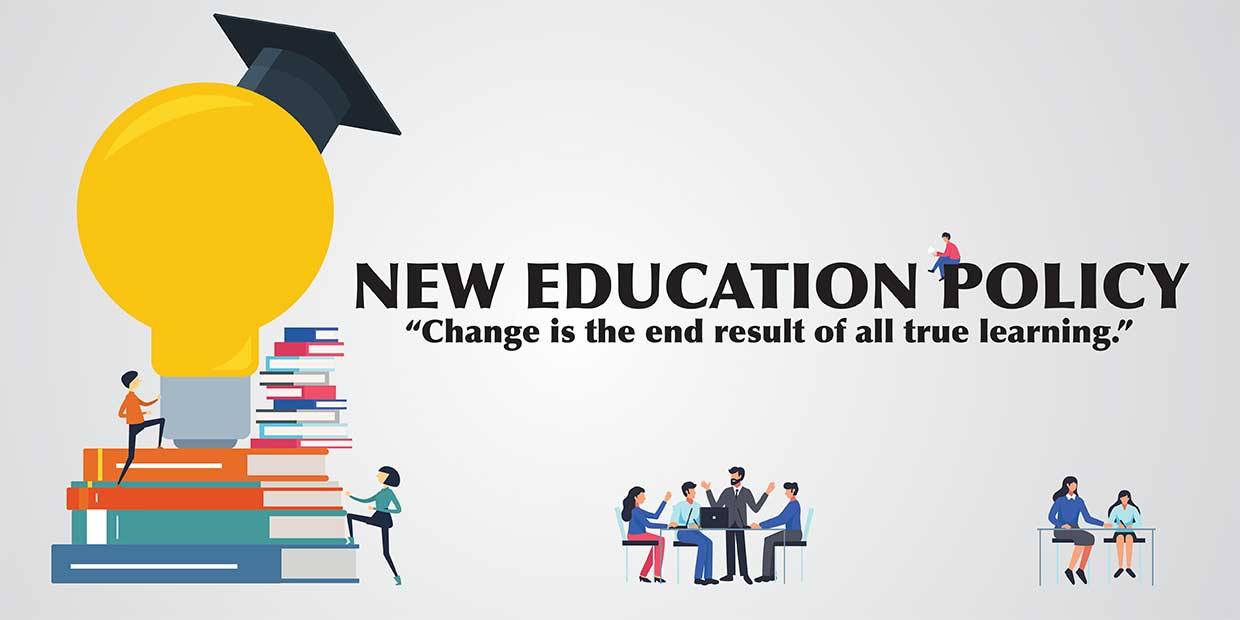Free Courses Sale ends Soon, Get It Now


Free Courses Sale ends Soon, Get It Now



Copyright infringement not intended
Picture Courtesy: mbaroi.in
Context: The Parliament Standing Committee on Education, tabled a report on the "Implementation of the National Education Policy (NEP), 2020 in Higher Education."
Details
Key Issues Discussed
Committee made several recommendations, including:
Funding
Multiple Entry Multiple Exit (MEME) system
Conclusion
Must Read Articles:
PARLIAMENTARY COMMITTEES: https://www.iasgyan.in/daily-current-affairs/parliamentary-committees-33
National Education Policy: https://www.iasgyan.in/daily-current-affairs/gender-inclusion-fund
|
PRACTICE QUESTION Q. What were the key issues discussed in the Parliament Standing Committee report on the implementation of the National Education Policy (NEP) in higher education, and what were the recommendations made by the committee to address these issues? |
© 2024 iasgyan. All right reserved